To get a mortgage preapproval, start by checking your credit score—aim for at least 620—and calculate your debt-to-income ratio, keeping it below 36%. Gather essential documents like pay stubs, tax returns, and bank statements to prove your financial stability. Contact multiple lenders to compare loan estimates and secure the best terms. Preapproval typically lasts 30 to 90 days, so be ready to renew if needed. Exploring further can help you maximize your borrowing power.
Key Takeaways
- Check your credit score to ensure it meets the lender’s minimum requirements, typically 620 or higher.
- Calculate your debt-to-income ratio, aiming for 36% or lower to improve approval chances.
- Gather essential documents like pay stubs, W-2s, tax returns, and bank statements for the application.
- Compare preapproval quotes from multiple lenders to find the best rates and terms.
- Secure a preapproval letter, which is valid for 30 to 90 days, to streamline your homebuying process.
Understanding Mortgage Preapproval and Its Benefits
Mortgage preapproval acts as a financial blueprint, giving you a clear picture of how much you can borrow based on your income, assets, and credit score. It’s a critical step for home buyers, as it shows lenders you’re a serious contender by verifying your financial information. During the preapproval process, lenders assess your debt-to-income ratio and credit score to determine your borrowing capacity. This step involves a hard credit check and requires you to submit detailed financial documents, such as proof of income and employment history. Once approved, you’ll receive a preapproval letter, which reassures sellers of your ability to secure financing. This letter, typically valid for 30 to 90 days, strengthens your position in competitive markets. By establishing your budget upfront, mortgage preapproval streamlines your home search and reduces the likelihood of unexpected delays, making it an essential tool for a smoother home-buying journey.
Steps to Prepare for Mortgage Preapproval
Preparing for mortgage preapproval begins with a thorough review of your financial health. Start by obtaining your credit score—most lenders require a minimum of 620 for approval. Check your credit history for errors and address any delinquencies to improve your borrowing potential. Next, calculate your debt-to-income (DTI) ratio to guarantee it’s ideally 36% or below, as a lower ratio strengthens your application. Analyze your income and gather bank statements to confirm your financial stability. Understanding your financial situation helps you present a strong case to lenders. Contact multiple lenders to compare rates and fees, keeping in mind that applications within a 45-day window count as a single credit inquiry. By reviewing your credit history, income, and DTI ratio, you’ll position yourself for a smoother mortgage preapproval process. Preparation guarantees you’re equipped to meet lender requirements efficiently.
Gathering Essential Documentation for Preapproval

Once you’ve reviewed your financial health, you’ll need to gather essential documents to support your mortgage preapproval application. Start by compiling recent pay stubs and W-2 forms from the past two years to verify your income. If you’re self-employed, include two years of income tax returns. Employment verification is critical, so guarantee you can demonstrate at least two years of consistent work history. Lenders will also request bank statements to assess your assets and guarantee you have sufficient funds for a down payment and reserves. Don’t forget to document any additional assets, such as investments or gifts for your down payment. Before submitting your financial documentation, conduct a credit score check to identify errors and address any issues. Providing accurate and complete documentation will streamline the process and increase your chances of receiving a mortgage preapproval letter. Prioritize organization to make this step efficient and stress-free.
Comparing Quotes From Multiple Lenders
After gathering and organizing your financial documents, the next step is to contact multiple lenders to compare their offers. Aim to request mortgage preapproval from at least three lenders to guarantee you have enough information to make an informed decision. When you compare interest rates, also review the loan estimates provided by each lender, which detail monthly payments, closing costs, and other fees. Since preapproval applications within a 14-day window count as a single inquiry, this minimizes the impact on your credit score. Confirm the preapproval letters you receive are based on the same loan type and term length to facilitate a fair comparison. Consider the lender’s reputation and customer reviews to gauge reliability. This process allows you to evaluate which offer best aligns with your financial situation and ultimately secure the most favorable terms for your mortgage.
Timing Your Mortgage Preapproval

When should you seek mortgage preapproval? Timing is critical—aim to get preapproved for a mortgage when you’re ready to start your home buying journey and actively searching for properties. Lenders use your gross monthly income, financial debts, and a credit check to determine how much you qualify to borrow. Since preapproval letters typically expire in 30-90 days, initiating the process too early may require reapplication. To guarantee a smooth experience, avoid major financial changes like accumulating more debt or switching jobs after preapproval. Starting this step early in your home search streamlines the process and reduces surprises later.
- Boost Your Confidence: Knowing your budget empowers you to shop confidently.
- Gain Seller Trust: A preapproval letter makes your offer more competitive.
- Save Time: Aligning preapproval with your search ensures you’re prepared to act quickly when you find the right home.
Understanding Preapproval vs. Final Approval
Preapproval gives you an estimate of your borrowing power based on your financial profile, but it doesn’t guarantee the loan. Final approval hinges on a detailed review of the property’s value, title, and compliance with lending standards. Understanding these differences helps you navigate the mortgage process with confidence.
Preapproval Process Overview
Before you start house hunting, getting preapproved for a mortgage can clarify your budget and strengthen your position in the market. Mortgage lenders assess your financial situation, including your income, credit score, and documentation submission, to determine your borrowing capacity. This process results in a preapproval letter, which outlines your tentative loan amount and validates your readiness for home shopping.
Here’s why preapproval matters:
- Confidence: Knowing your loan amount helps you focus on homes within your budget.
- Credibility: A preapproval letter signals to sellers that you’re a serious buyer.
- Efficiency: Streamlines the homebuying process by addressing financial questions upfront.
Keep in mind, preapproval isn’t final approval but a significant step that prepares you to make informed decisions in a competitive market.
Final Approval Requirements
Although preapproval gives you an initial idea of your borrowing potential, final approval guarantees all financial and property-related details meet the lender’s standards before closing the loan. During final approval, the lender thoroughly reviews your credit report, employment verification, and debt-to-income ratio to ascertain they align with underwriting requirements. Unlike preapproval, which is based on preliminary information, final approval requires a detailed appraisal of the property to confirm its value and verify its condition. This step reassures home sellers the transaction is secure. Additionally, the lender verifies all legal and financial conditions, such as title verification, are met. Final approval is critical because it confirms your eligibility for the mortgage loan and brings you one step closer to closing. Complete transparency during this process minimizes delays and guarantees a smooth transaction.
Key Differences Explained
Understanding the key differences between mortgage preapproval and final approval is essential for steering the homebuying process effectively. Preapproval gives you a borrowing amount based on a preliminary review of your income, assets, and credit score, but it doesn’t guarantee a loan. It includes a hard credit inquiry, which may slightly impact your credit score. Final approval, on the other hand, happens after a detailed assessment of your financial situation, verification of the property details, and a thorough appraisal. This step is required to finalize the loan agreement and close on the mortgage.
Key distinctions:
- Preapproval boosts your credibility with sellers.
- Final approval confirms your mortgage is fully secured.
- Property details play a critical role in final approval, unlike preapproval.
Factors That Influence Preapproval Decisions

When applying for a mortgage preapproval, lenders consider several key factors to assess your financial readiness. Your credit score plays a pivotal role, with scores of 620 or higher typically required for mortgage qualification, but scores above 740 often securing the best rates. Lenders also evaluate your debt-to-income ratio, aiming for 36% or lower to guarantee manageable monthly obligations. They’ll conduct employment verification, requiring at least two years of consistent work in the same field to confirm stable income. A thorough review of your credit history is essential, as delinquencies or errors can hinder your borrowing potential. Additionally, the amount of liquid assets you have and your down payment funds demonstrate financial stability and influence preapproval decisions. These factors collectively help lenders determine your ability to repay the loan and secure favorable terms.
Navigating Preapproval Renewal and Validity
Your mortgage preapproval typically lasts 30 to 90 days, so monitor its expiration date to avoid delays. You’ll need to renew it by submitting updated financial and credit information for re-evaluation. Check your lender’s specific renewal policies to guarantee a seamless homebuying process.
Renewal Process Overview
Mortgage preapproval letters usually stay valid for 30 to 90 days, but they’ll expire if you don’t act in time. When your preapproval nears its expiration, you’ll need to go through the renewal process. This involves submitting updated financial information and typically undergoing a new credit check. If your financial situation has improved since your initial application, you might qualify for better loan terms. Here’s what to keep in mind during renewal:
- Stay proactive: Monitoring your preapproval’s expiration guarantees you don’t lose your competitive edge in the market.
- Update your details: Provide accurate financial information to reflect any positive changes, like increased income or reduced debt.
- Prepare for a credit check: A new credit inquiry may temporarily affect your score, but it’s often necessary to confirm your eligibility.
This process helps borrowers secure favorable terms without starting over.
Validity Period Details
To guarantee you make the most of the preapproval process, it’s important to understand the validity period and how to navigate its expiration. A mortgage preapproval typically remains valid for 30 to 90 days, during which you should actively search for homes. Once the validity period ends, you’ll need to renew preapproval by submitting updated financial documentation to confirm your financial capability. Keep in mind that changes like a job loss or increased debt can impact your eligibility for renewal. While your preapproval letter demonstrates readiness, final loan approval requires additional documentation and a property appraisal. Staying proactive ensures you maintain your standing in competitive markets and avoid disruptions in your homebuying journey.
Conclusion
Securing a mortgage preapproval anchors your homebuying journey, giving you the confidence to navigate the market like a ship with a steady compass. By preparing your finances, gathering documents, and comparing lenders, you’ll position yourself as a strong candidate. Remember, this step doesn’t guarantee the final shore—it’s a map to guide you. Stay mindful of timing and renewal to keep your preapproval current and your path forward clear.




